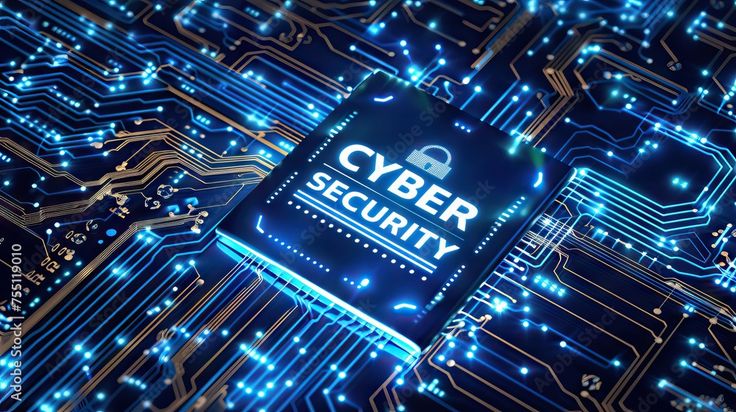Every organization is now a target, and attackers only need to be right once. Effective cybersecurity accepts this reality and focuses on reducing the blast radius, detecting threats quickly, and recovering effectively.
There are core principles that guide strong cybersecurity. The first is to assume breach, meaning systems should be designed so that even if one account is compromised, it does not expose everything.
Least privilege is another principle, ensuring that users and services only get the access they truly need. Defense in depth is essential, layering protections across endpoints, networks, identities, applications, and data. Finally, visibility is critical, requiring organizations to log, monitor, and alert on the right signals.
Practical controls bring these principles to life. In identity and access management, best practices include multi-factor authentication everywhere, the use of password managers, role-based access, and just-in-time privileges.
On the network side, security involves segmenting critical systems, implementing zero-trust network access, and encrypting data in transit. Endpoint protection includes system hardening, deploying endpoint detection and response (EDR), and enabling automatic patching.
Applications and data must be secured with safe coding practices, dependency scanning, web application firewalls, data classification, and encryption at rest. Backup and recovery plans are equally important, requiring immutable, off-site backups and regular restore drills to ensure business continuity.
The human layer is often the weakest link in cybersecurity, as most breaches start with phishing or social engineering. Training teams to recognize suspicious messages, verify unusual requests, and report incidents without fear of blame is crucial. Organizations should provide quick, friendly security playbooks that fit into daily work routines.
Incident response must also be prepared for. The assumption should be “when” not “if” an incident happens. A solid response plan involves containment, eradication, recovery, and learning.
Having a contact tree, running tabletop exercises, and documenting roles ensures preparedness. Effectiveness should be measured through mean time to detect (MTTD) and mean time to respond (MTTR).
Compliance and risk management form another layer. Organizations should map security controls to regulations such as GDPR, HIPAA, PCI-DSS, and local data laws. Compliance should be seen not as the ultimate goal but as the outcome of good security practices. Regular risk assessments help identify and prioritize fixes that meaningfully reduce exposure.
Conclusion
Security is a continuous practice, not a one-time project. It must be embedded in both culture and code, tested frequently, and designed to prepare for the worst day—so that even when the worst happens, it remains survivable.



